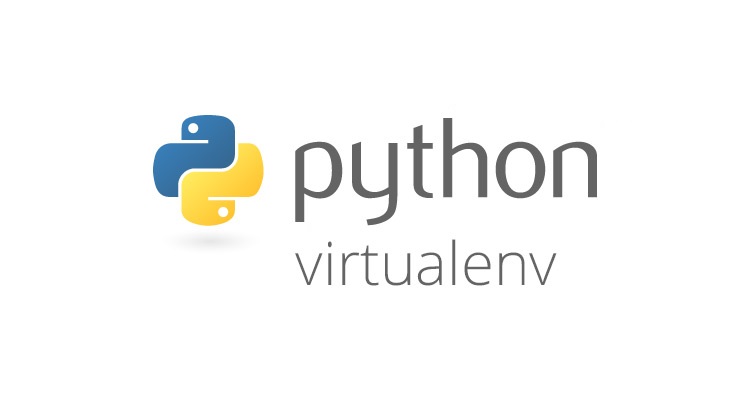
by Umar Qureshi
Prerequisite: You need to have python and pip installed on your Machine
Virtualenvwrapper is a set of extensions to Ian Bicking’s virtualenv tool.
The extensions include wrappers for creating and deleting virtual
environments and otherwise managing your development workflow, making it easier
to work on more than one project at a time without introducing conflicts in
their dependencies.
Use the command "pip install virtualenvwrapper-win"
After successfully downloading the package use the command
to make a new virtual environment :
mkvirtualenv nameofyourvirtualenv
(eg:- mkvirtualenv
test)

To Deactivate your virtual environment use following
command :
"deactivate
nameofyourvirtualenv"
Example : deactivate test
To Reacitvate your Virtual Environment you need to run the
following command
workon nameofyourvirtualenv
Example : workon test
Once your Virtual Environment is successfully setup you can install the desired
packages under that virtual environment and on deactivating it keeps the
packages isolated from the other versions and also from the Operating system.